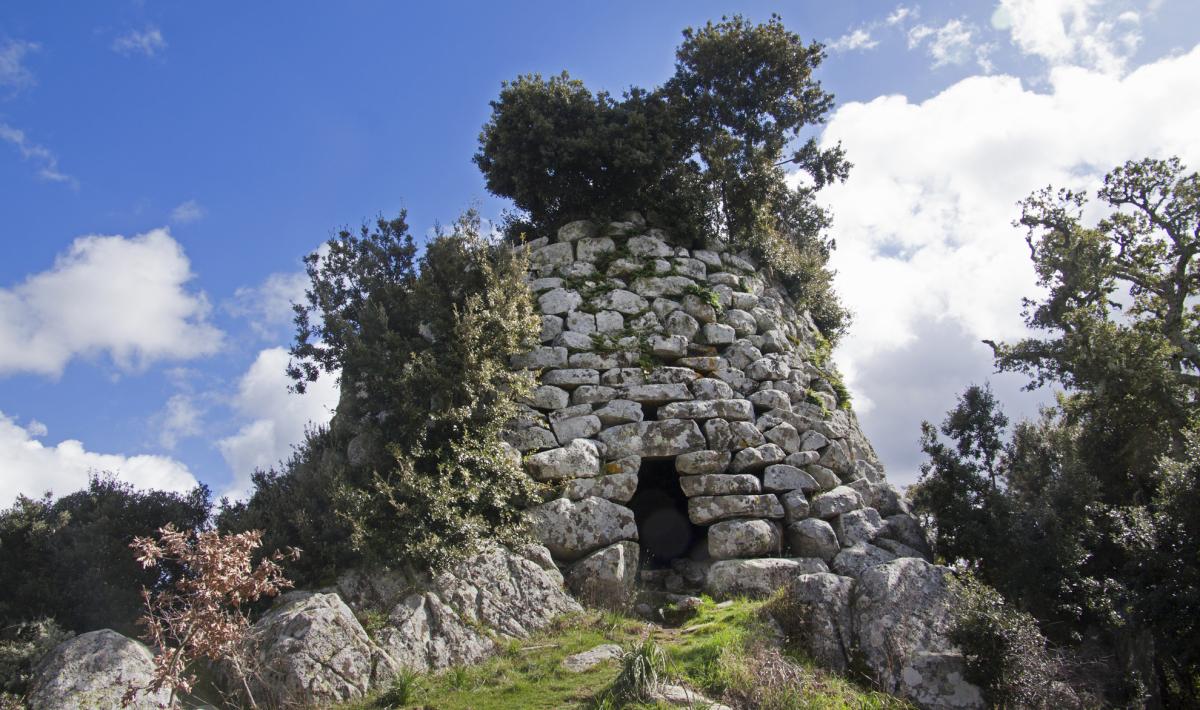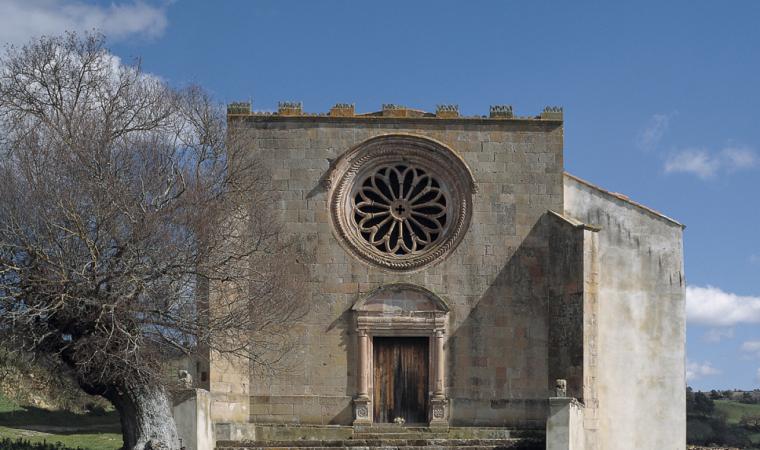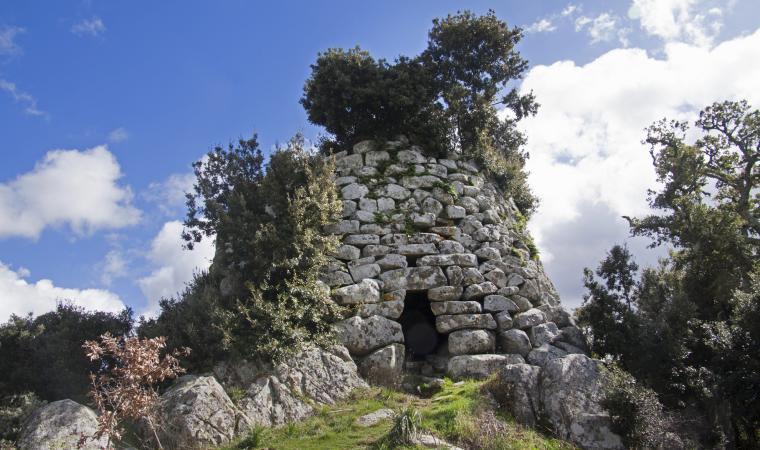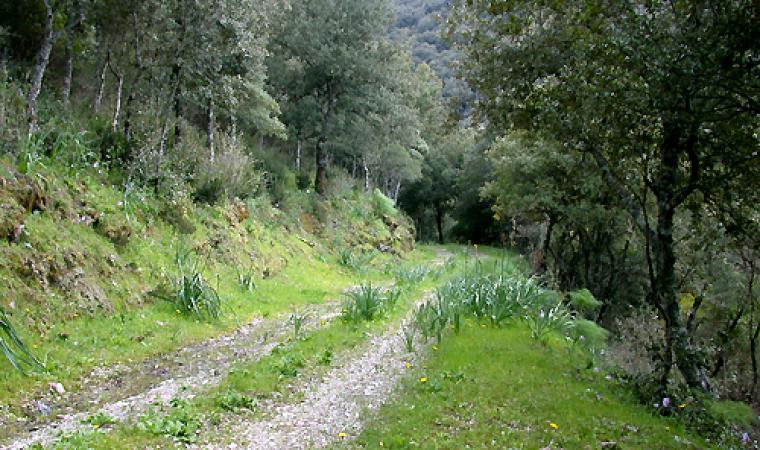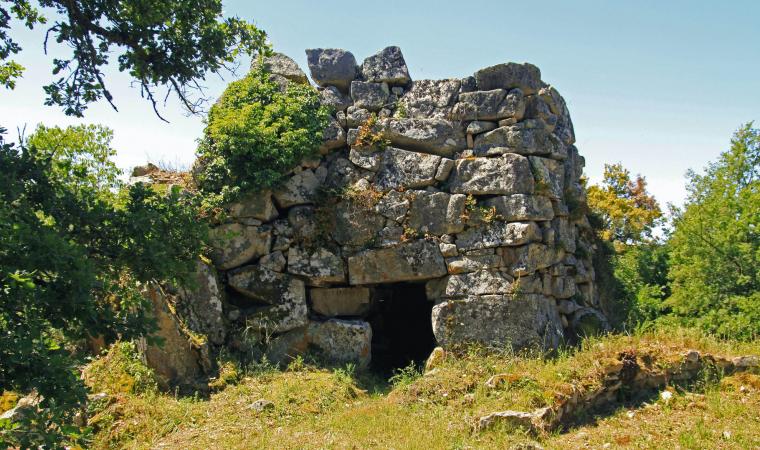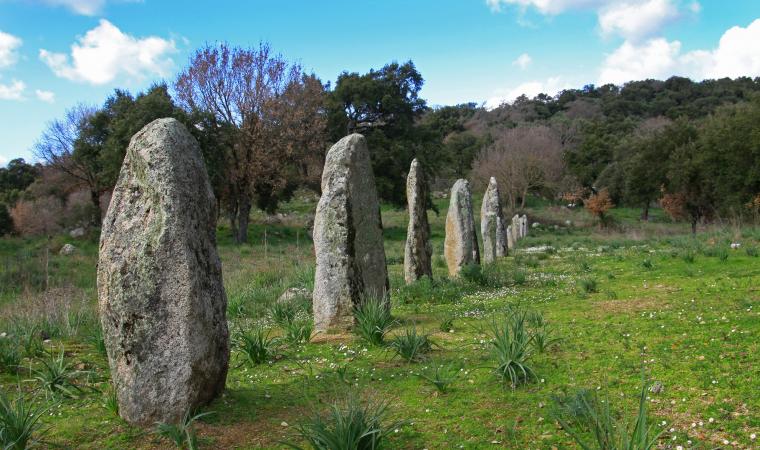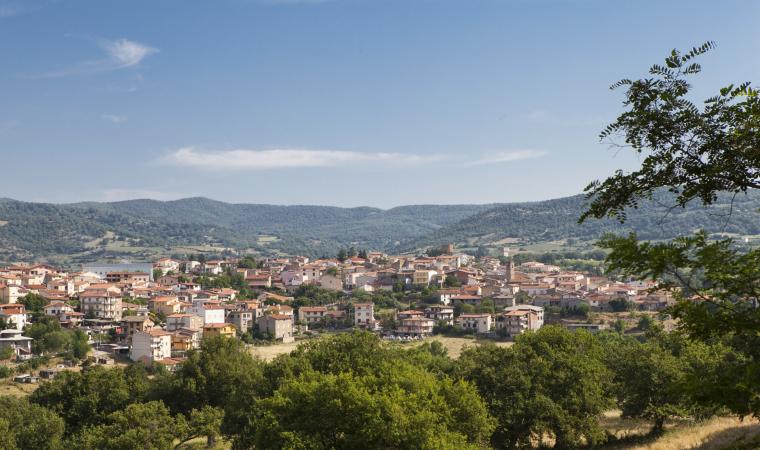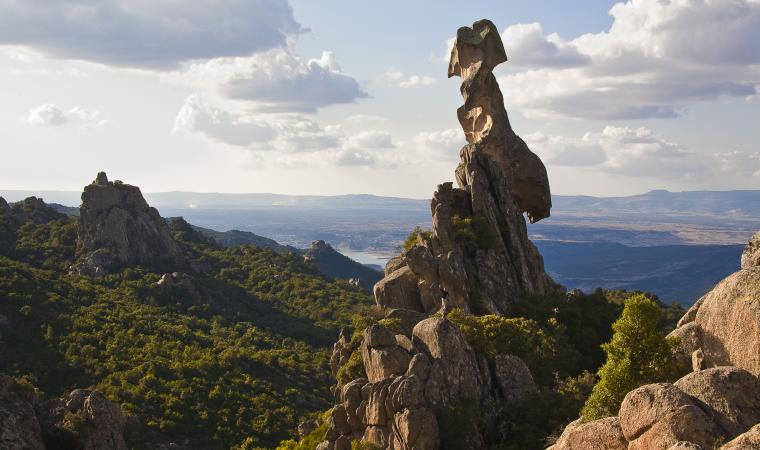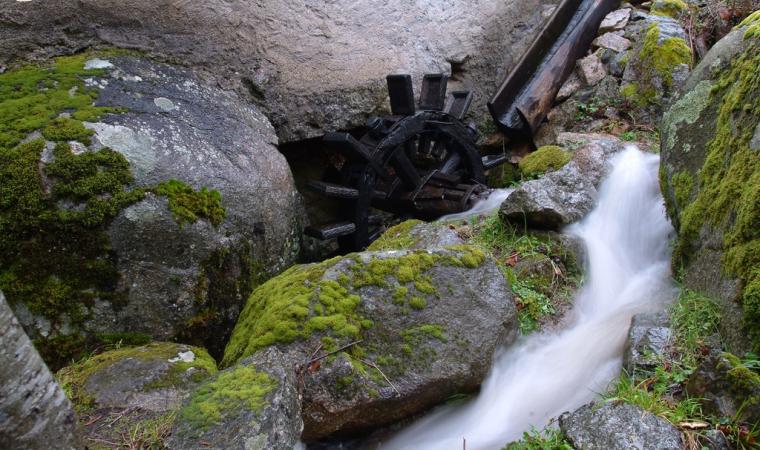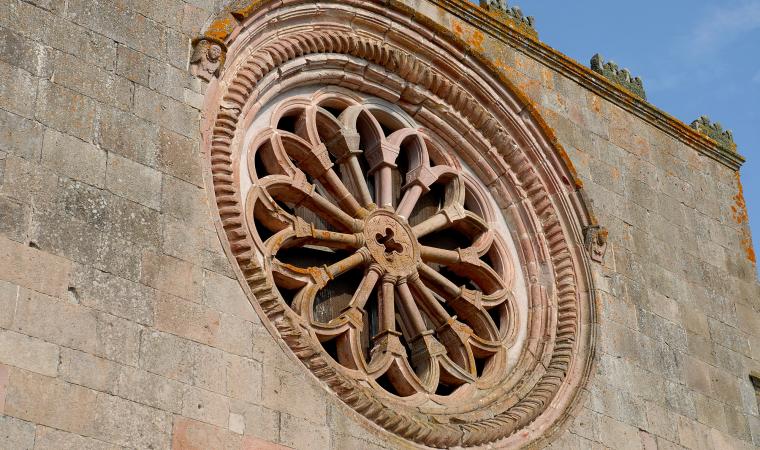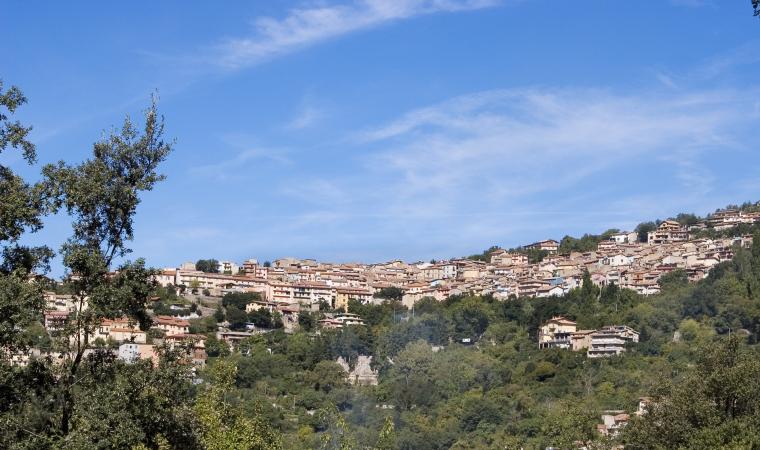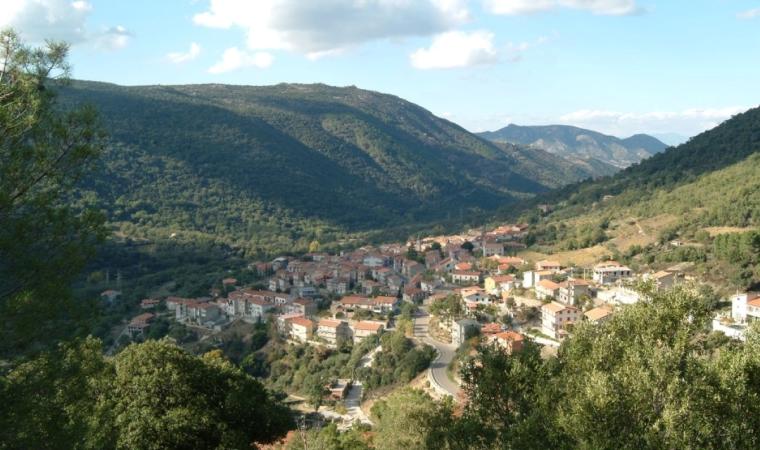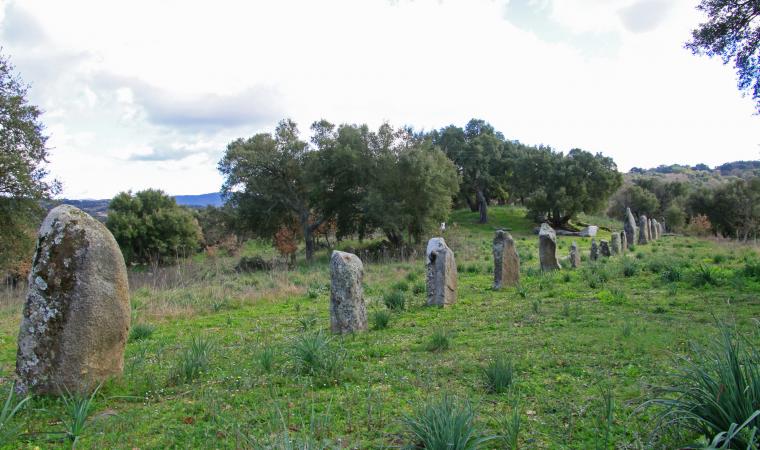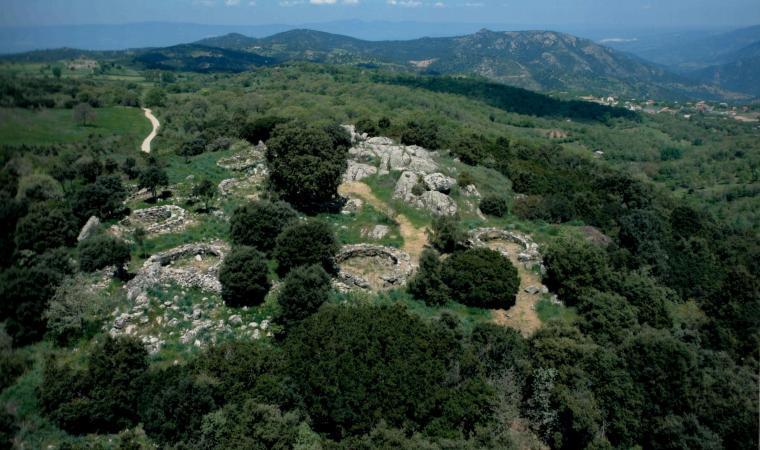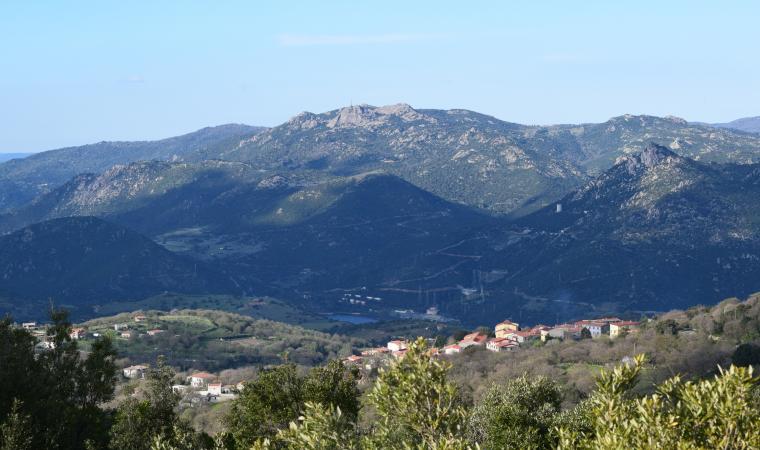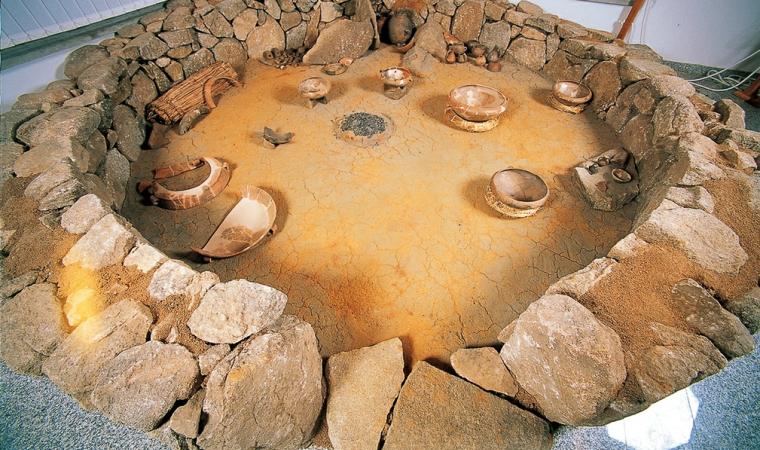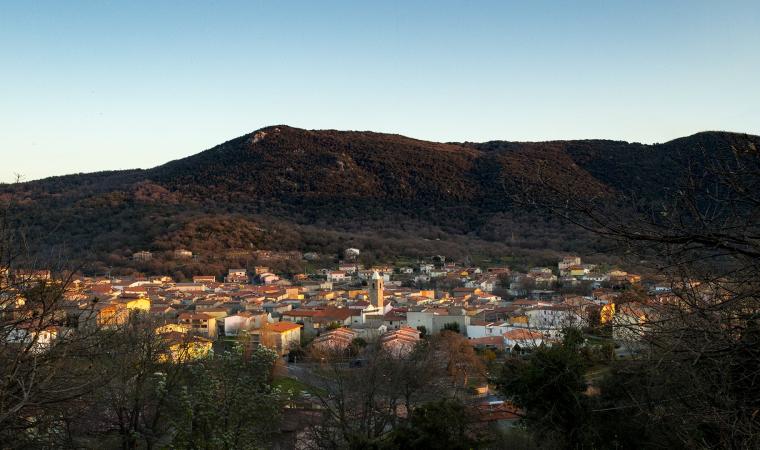DH Lawrence was so enchanted by the town that he dedicated a chapter to it in his book "Sea and Sardinia" (1924): Sorgono is located right in the centre of the island, 700 metres above sea level on the western side of the Gennargentu, surrounded by woodlands of conifers, holm and downy oaks, chestnuts, hazelnuts and Mediterranean scrub, populated by mouflons, roe and fallow deer (in the santu Loisu nature reserve) and home to royal eagles and peregrine falcons. The town has a population of 1700 and is the hub of the Mandrolisai area, to the far south-west of the Barbagia region, a land of strongly rooted traditions and linguistic blends, where the local dialect is "di mezzo" Sardinian. The territory is marked by granite mountains sculpted by the wind and suggestive panoramas overlooking the Iscalas plateau, towards Serra Longa and the forests of Mount Littu and Uatzo, crisscrossed by trekking paths and the Trenino verde railway that starts in the town.
Around 50 natural springs in the areas rocky terrain give "healthy" spring water, in particular those of Perda ‘e Mantza and Erriu de Sauccu. The mountains alternate with soft hillsides used to grow cereals and cannonau, monica and bovale vines, used to make mandrolisai wine. At the end of October the famous wine is the protagonist, along with traditional dishes such as lampazzu soup, of the sa Innenna festival.
The town was first documented in 1180. It was a ‘signoria utile’ during the Aragonese occupation, which left traces in the architecture in the old town, made of stone-built homes in intricate alleyways. The 17th century Casa Carta and the Serra house-museum with their antique furnishings are particularly worthy of note. The art of engraving and carving is on display at the wood museum. The exhibition is set up in a building with a garden, at the centre of which stands the 17th century Funtana Lei artistic fountain. The parish church of Santa Maria Assunta is also in late Gothic style, built in the 16th cenutry and subsequently modified. The other religious buildings are outside the town: Nostra Signora d’Itria, around a kilometre away in sa Pala ‘e Cresia, San Giacomo, originally the church of the abandoned village of Spasulé, and the Santuario di San Mauro, formed of a late Gothic church and muristenes inhabited by pilgrims during the festival at the end of May, surrounded by ancient woodland on the slopes of Mount Lisai. This is one of Sardinia's religious symbols. The church dates back to 1574 and is 30 metres long and 9 wide: the grey trachyte facade features a Gothic rosette which is by far the largest on the island. Outside you will notice the tower of the Giants' tombs of Funtana Morta, a burial linked to the Talei protonuraghic era, located a few hundred metres away. The Bronze Age also left another twenty-odd nuraghes, including Orrubiu, Calamaera and Lò, along with another ten Giants' tombs and the village of Ruinacchesos. The most important archaeological attraction is the archaeological park of Biru ‘e Concas, which hosts one of the most extraordinary concentrations of standing stones in the Mediterranean, with around 200 proto-anthropomorphic, anthropomorphic and statue menhirs dating back to 3200 to 1800 BC, surrounded by a wall that may have served to close off the holy area. Wherever you walk in the park you will come across monumental stones, on their own or in pairs, triads, circles or lines. The domus de Janas at Perdonigheddu and Santu Loisu date from the same period.

